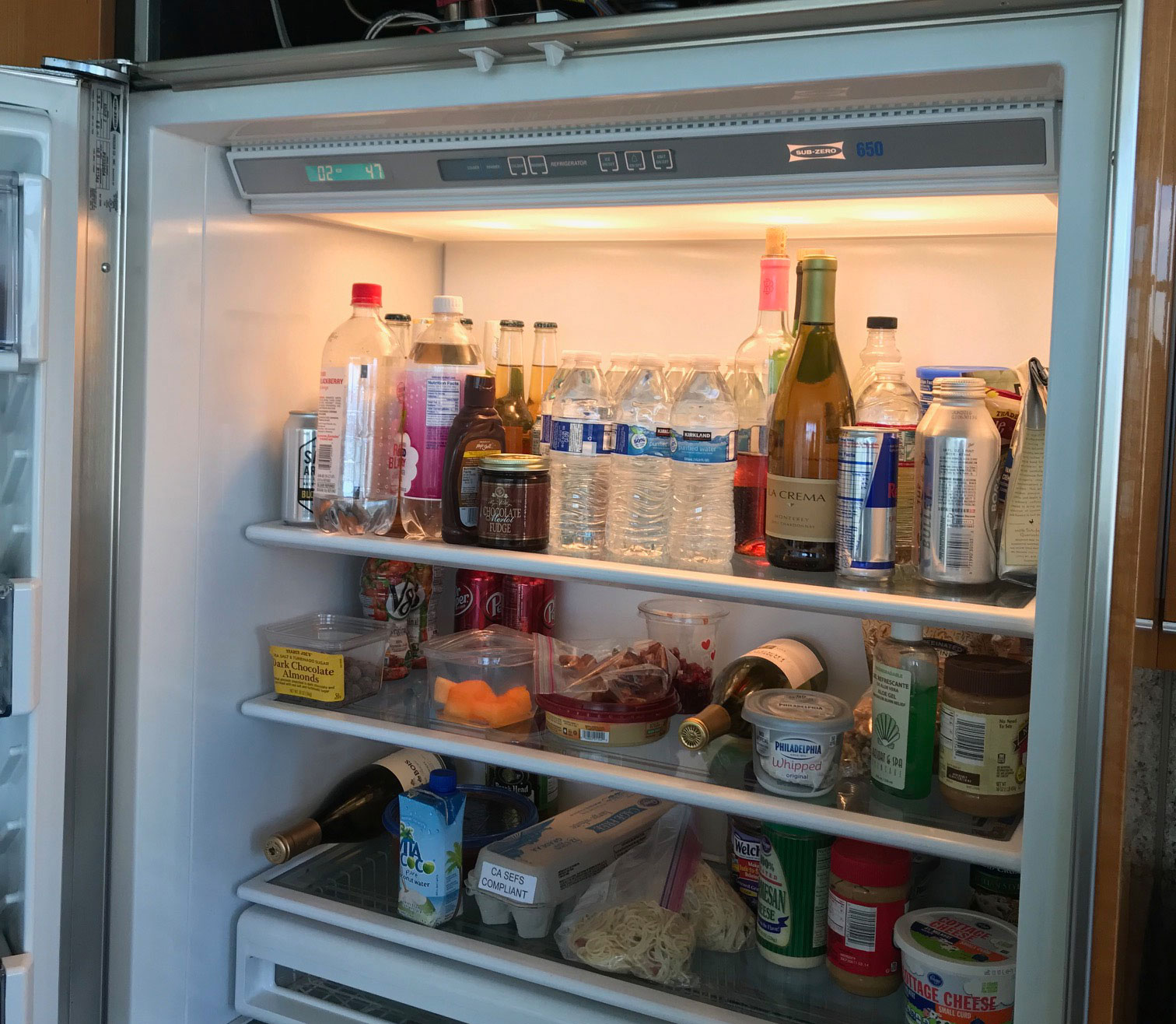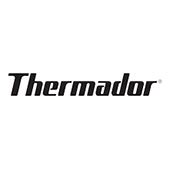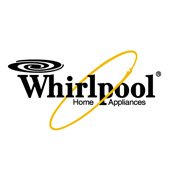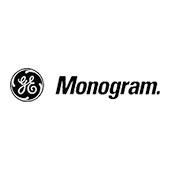
Sub-Zero Refrigerator Not Cooling – What to Do?

While Sub-Zero refrigerators are known for their advanced cooling technology and premium quality, even these high-end appliances can sometimes experience temperature issues. So, what are the fastest and most effective ways to troubleshoot a Sub-Zero refrigerator that’s not cooling properly?
From inspecting door seals to identifying common component malfunctions — here’s how to accurately diagnose and fix the problem.
We are here to help.www.
Troubleshooting Tips for a Sub-Zero Refrigerator That’s Not Cooling
Whether you own a built-in or freestanding Sub-Zero refrigerator, cooling issues can occasionally occur. If your fridge feels warmer than usual, these professional troubleshooting tips will help you determine whether it’s something you can fix yourself or if it’s time to call a certified Sub-Zero technician in San Diego.
1. Check the Door Gaskets for Damage
The rubber gasket around your refrigerator doors is essential for keeping cool air inside and preventing warm air from entering. However, if your Sub-Zero refrigerator isn’t cooling enough, take a moment to inspect the door seals for cracks, tears, or wear.
Even a small gap can break the airtight seal, allowing cold air to escape and causing the temperature inside to rise.
If the gasket is visibly damaged, it will need to be replaced. If not, here’s a quick way to test whether it’s sealing properly:
-
Open the refrigerator door and place a dollar bill halfway inside — half inside the fridge, half outside.
-
Close the door.
-
Try pulling the dollar bill out.
-
If it slides out easily with little resistance, the gasket isn’t sealing correctly and should be replaced.
-
2. Verify the Temperature Settings
Sometimes, the issue is as simple as an incorrect temperature setting. Sub-Zero recommends setting refrigerators with electronic controls to 38°F.
Check the digital control panel located at the top of the refrigerator compartment and adjust the temperature if needed.
If your model uses manual dials, you’ll find the temperature controls in the upper left corner of the fridge interior. Make sure the dial is set between 4 and 6 for optimal cooling.
3. Clean the Condenser Coils
The condenser coils help cool the refrigerant that circulates through the system to create cold air. Over time, these coils can collect dust and debris, which prevents proper heat exchange and causes the fridge to lose cooling efficiency.
To maintain peak performance, it’s best to clean your Sub-Zero condenser coils every six months.
Here’s how to clean them in five easy steps:
-
Turn off the refrigerator power from the control panel.
-
Pull the upper grille forward and upward to access the coils.
-
Use a vacuum with a brush attachment to gently clean the coils, moving the brush in the same vertical direction as the coils.
-
Push the grille back down into place.
-
Turn the refrigerator power back on.
Regular coil cleaning can prevent costly repairs and keep your Sub-Zero running efficiently — especially in San Diego’s coastal climate, where dust and moisture can build up faster.
4. Check for Faulty Components
If your refrigerator still isn’t cooling after these steps, the issue may lie in one of several mechanical or electrical components. Below are the most common parts that can fail and cause temperature problems:
• Condenser Fan Motor
This motor powers the fan that circulates air over the condenser coils to cool the refrigerant.
To check it:
-
Manually spin the fan blades to see if they move freely.
-
If the blades move easily or the motor fails a continuity test using a multimeter, it likely needs professional replacement.
• Evaporator Fan Motor
This motor drives another fan that cools the refrigerant once it reaches the evaporator coils. It also distributes cold air evenly throughout the fridge.
If the fan blades spin freely or the motor makes unusual noises, test it for continuity.
A lack of continuity means the evaporator fan motor must be replaced by a qualified technician.
• Start Relay
The start relay signals the compressor to turn on when cooling is needed. If the relay fails, the compressor won’t start — meaning no cold air will be produced.
If the start relay smells burnt or shows no continuity on a multimeter test, it should be replaced by a professional.
Professional Help in San Diego
If you’ve gone through all these steps and your Sub-Zero refrigerator is still not cooling, it’s best to call a certified Sub-Zero repair specialist in the San Diego area. These professionals have the training, parts, and diagnostic tools required to pinpoint and fix complex issues — ensuring your refrigerator operates at its full capacity once again.
If you suspect a faulty component is causing the issue with your refrigerator and freezer cooling unevenly, we recommend calling a professional technician from Premier Appliance Repair.Our technicians are trained and experienced in repairing GE refrigerators and can quickly diagnose and repair your appliance. Schedule a service call today! https://
- APPLIANCE REPAIR BONITA, CA
- APPLIANCE REPAIR NATIONAL CITY, CA
- APPLIANCE REPAIR SPRING VALLEY, CA
- APPLIANCE REPAIR DEL MAR, CA
- APPLIANCE REPAIR EL CAJON, CA
- APPLIANCE REPAIR ENCINITAS, CA
- APPLIANCE REPAIR LA JOLLA, CA
- APPLIANCE REPAIR LAKESIDE, CA
- APPLIANCE REPAIR POWAY, CA
- APPLIANCE REPAIR RANCHO SANTA FE, CA
- APPLIANCE REPAIR SAN LUIS REY, CA
- SAN DIEGO APPLIANCE REPAIR
- APPLIANCE REPAIR SANTEE,CA
- APPLIANCE REPAIR SOLANA BEACH, CA
- APPLIANCE REPAIR HILLCREST, CA
- APPLIANCE REPAIR POINT LOMA, CA
- APPLIANCE REPAIR OCEAN BEACH, CA
- APPLIANCE REPAIR MISSION VALLEY, CA
- APPLIANCE REPAIR PACIFIC BEACH, CA
- APPLIANCE REPAIR BAY PARK, CA
- APPLIANCE REPAIR LINDA VISTA, CA
- APPLIANCE REPAIR LOGAN HEIGHTS, CA
- APPLIANCE REPAIR NORTH PARK, CA
- APPLIANCE REPAIR SAN DIEGO
- APPLIANCE REPAIR NORMAL HEIGHTS, CA
- APPLIANCE REPAIR CLAIREMONT MESA, CA
- APPLIANCE REPAIR CARLSBAD, CA
- APPLIANCE REPAIR CORONADO, CA
- APPLIANCE REPAIR DEL CERRO, CA
- APPLIANCE REPAIR SORRENTO VALLEY, CA
- APPLIANCE REPAIR UNIVERSITY CITY, CA
- APPLIANCE REPAIR KEARNEY MESA, CA
- APPLIANCE REPAIR TIERRASANTA, CA
- APPLIANCE REPAIR MIRA MESA, CA
- APPLIANCE REPAIR RANCHO BERNARDO, CA
- APPLIANCE REPAIR RANCHO PENASQUITOS, CA

7919 Silverton Ave, San Diego, CA 92126





















